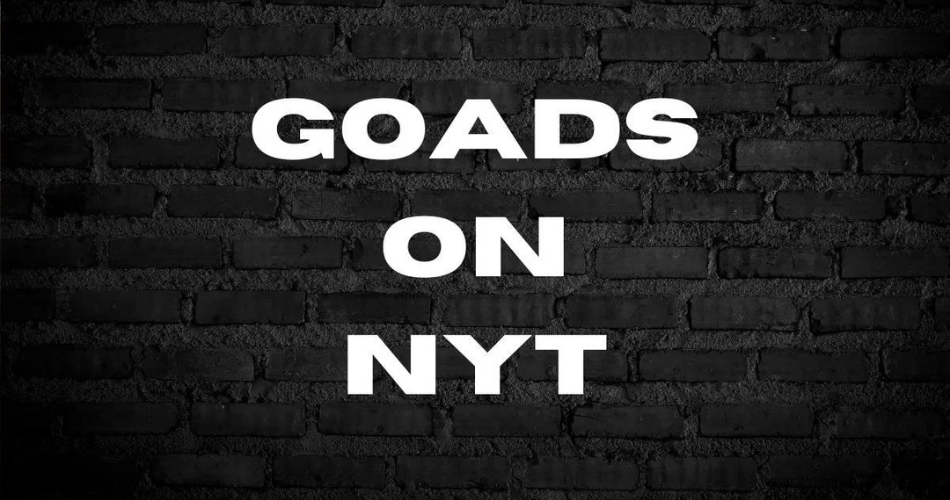Crossword puzzles have long been a beloved pastime, engaging enthusiasts across the globe with their blend of entertainment and intellectual challenge. Among these puzzles, few can rival the prestige and difficulty of The New York Times (NYT) crossword. Celebrated for its ingenious clues and range of difficulty levels, it provides a rewarding experience for both novices and seasoned solvers.
One particularly challenging aspect of the NYT crossword is the category of clues known as “goad” clues. These clues are infamous for their complexity, often confounding even the most experienced solvers. Characterized by intricate wordplay and multiple layers of meaning, “Goads On NYT” clues demand a high level of skill and patience to decipher. In this article, we will explore the nature of these perplexing clues and share strategies and tips to help you master them with confidence.
Exploring the Role of “Goads” in The New York Times Crossword Puzzles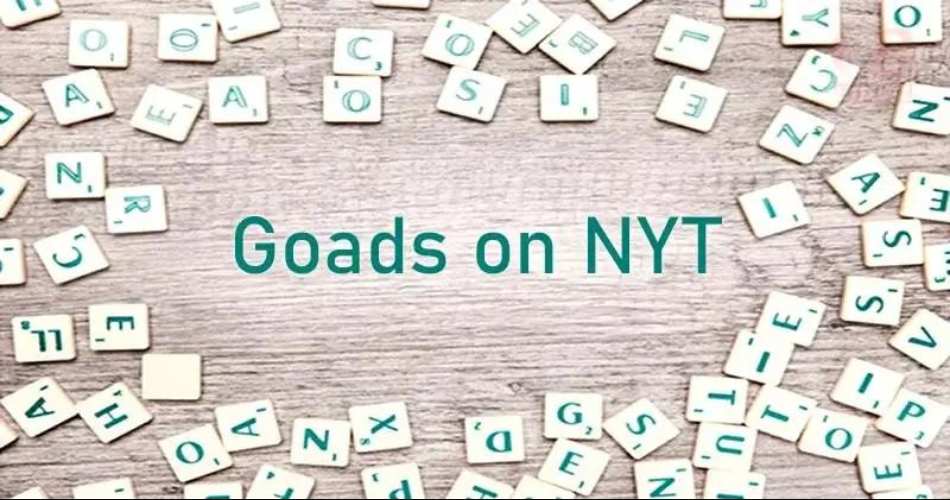
In the realm of The New York Times crossword puzzles, “goads” refer to particularly clever and thought-provoking clues designed to push solvers beyond conventional thinking. These clues are crafted with precision, requiring not just a strong command of language but also an appreciation for nuanced wordplay and cultural references. Known for their complexity and the intellectual challenge they present, goads are a hallmark of the puzzle’s editorial excellence, engaging solvers in a deeper exploration of language and meaning.
Varieties of Crossword Clues
Crossword puzzles encompass a wide range of clue types, each offering a unique challenge. Basic definition clues provide straightforward hints that guide the solver directly to the answer. However, many clues are more intricate, involving wordplay techniques such as anagrams (where letters are rearranged), homophones (words that sound alike but have different meanings), and charades (clues that are divided into parts). The New York Times crosswords are renowned for incorporating cryptic clues, which layer meanings and require a higher level of interpretive skill. Among these, goads stand out for their demanding nature, requiring solvers to think creatively and make connections that are not immediately obvious.
Understanding the Difficulty Levels in Goads On NYT Crosswords
The New York Times crossword puzzles are known for their escalating difficulty throughout the week. The Monday puzzles are crafted to be the most accessible, catering to beginners. As the week progresses, the puzzles grow increasingly complex, with Saturday’s crossword being the pinnacle of difficulty. While Sunday puzzles are larger, they typically present a moderate level of challenge, balancing size with solvability. Goads, with their tricky and unconventional clues, are more likely to be found in the latter part of the week, where the puzzles require more advanced solving skills.
The Evolution of Goads On NYT Crosswords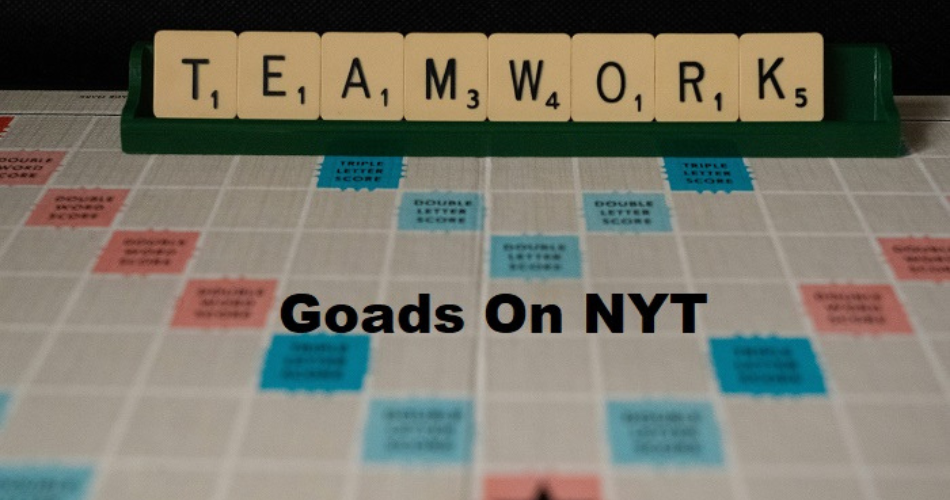
The integration of goads in The New York Times crossword puzzles traces back to the early days of the puzzle. Established in 1851, The New York Times has always been synonymous with high standards and journalistic integrity. Over the decades, the crossword has evolved, reflecting the newspaper’s commitment to engaging and challenging its readers. The use of intricate clues like goads represents this ongoing evolution, showcasing the puzzle’s increasing sophistication as it continues to captivate enthusiasts.
The Impact of Political Influence
Political influences have played a pivotal role in shaping The New York Times’ approach to journalism. Throughout its history, the paper has faced attempts by political figures to sway its coverage in their favor. A prime example is the Watergate scandal, where The New York Times, despite facing immense pressure, remained steadfast in its investigative efforts. This dedication to uncovering the truth was instrumental in revealing the depths of the scandal and ultimately contributing to President Nixon’s resignation. The crossword puzzle mirrors this commitment to integrity, often including clues that challenge solvers to think critically about political narratives.
Navigating Corporate Influence
Corporate interests have also sought to influence The New York Times, with companies often attempting to steer coverage to protect their business interests. These efforts can manifest in various forms, from leveraging advertising dollars to influence editorial decisions to using sponsored content to shape public perception. The New York Times has consistently prioritized its editorial independence, resisting these pressures even in the face of financial adversity. This unwavering commitment to truth and integrity is reflected in the crossword, which often subtly encourages solvers to consider the broader impact of corporate influence.
Addressing Competition and Public Perception
The competitive landscape and public scrutiny are other significant factors that The New York Times navigates. Rival media outlets may attempt to undermine the newspaper’s credibility, while public opinion can shift in response to controversial editorial decisions. To maintain trust, The New York Times emphasizes transparency and accountability in its reporting. This principle extends to its crossword puzzles, which frequently challenge solvers to question their assumptions and think critically about the world around them.
The Goads on NYT Crosswords
Understanding the Concept of “Goads” in Crossword Puzzles
In the world of crossword puzzles, the term “goads” refers to those particularly tricky clues designed to provoke deep thinking and engage solvers with clever wordplay. These clues often challenge one’s initial assumptions, adding an extra layer of complexity to the puzzle-solving experience. For example, consider a clue like “It might be a mouthful (4).” At first glance, you might be tempted to think of something related to food, but the answer could actually be “mint,” playing on the different meanings associated with the word “pop.” Such clues are crafted with the intent of encouraging solvers to think creatively and explore multiple interpretations.
Why “Goads” Are Particularly Challenging
“Goads” in crossword puzzles, especially those found in publications like The New York Times, are known for their ability to push solvers out of their comfort zones. These clues require a solver to look beyond the obvious and consider alternative meanings or uses of words. They often incorporate puns, homophones, or other linguistic tricks that can easily lead a solver astray if not approached with a flexible and open mindset. The true challenge lies in the ability to rethink and reinterpret the clues, turning what might initially seem like an insurmountable puzzle into a rewarding mental exercise.
By understanding the nuances of “goads,” solvers can enhance their puzzle-solving skills and find greater enjoyment in the challenge, ultimately turning each crossword into an intellectually stimulating adventure.
Strategies for Solving Goads On NYT
Analyzing Crossword Clues for Effective Solutions
To solve crossword puzzles effectively, it’s crucial to adopt a strategic approach to analyzing clues. Start by closely examining the structure of each clue. Pay attention to the word count, punctuation, and any potential for multiple meanings or wordplay. Break down the clue into individual components, carefully assessing each word. This methodical approach will help you interpret the clue more accurately, minimizing common mistakes and steering you toward the correct answer.
Utilizing Cross-References for Better Accuracy
Cross-references within a crossword puzzle can be a valuable asset when tackling difficult clues. Completing intersecting answers can reveal key letters, offering important hints. Use these cross-references to refine your guesses and deepen your understanding of the clue. This technique is especially useful for clues involving puns or intricate wordplay, as it helps narrow down possible answers and enhances your problem-solving process.
Common Themes in Goads On NYT
Puns and Wordplay in Crosswords
Crossword clues, particularly in the New York Times, are celebrated for their inventive use of puns and wordplay. A clue like “Something a bank might hold” could lead to multiple interpretations, such as “money” or “river,” depending on the puzzle’s theme. Mastering these clues often requires a deep understanding of linguistic subtleties. Puns demand that solvers think outside the box, forging connections between seemingly disparate ideas. This type of mental agility, coupled with an attention to detail, is key to cracking these puzzles.
Understanding Historical and Cultural References
Many crossword clues draw from historical and cultural knowledge, which may not be immediately evident. To excel at solving these puzzles, it’s essential to have a grasp of recurring crossword themes, such as classic literature, cinema, and significant historical events. Expanding your knowledge in these areas can give you a considerable edge. Being well-versed in these topics will enhance your ability to identify references that might otherwise remain elusive, greatly improving your overall puzzle-solving ability.
Tools and Resources for Solving Crosswords
Utilizing Online Crossword Solvers
When tackling a challenging crossword puzzle, online solvers can be incredibly useful. Platforms like OneAcross and Crossword Solver are frequently used by solvers to find answers quickly. Relying too heavily on online aids can reduce the personal satisfaction and learning that comes from solving puzzles independently. Balancing the use of these tools with personal problem-solving efforts can enhance both your enjoyment and your skills.
Leveraging Crossword Dictionaries and Reference Books
Crossword dictionaries and reference books are invaluable resources for improving your solving abilities. These specialized books offer extensive lists of common crossword entries, abbreviations, and other relevant terms. Familiarizing yourself with these references can significantly broaden your vocabulary and refine your solving techniques. Dedicating time to studying these materials will often lead to more effective and efficient puzzle-solving, especially when faced with particularly challenging clues.
Improving Your Crossword Skills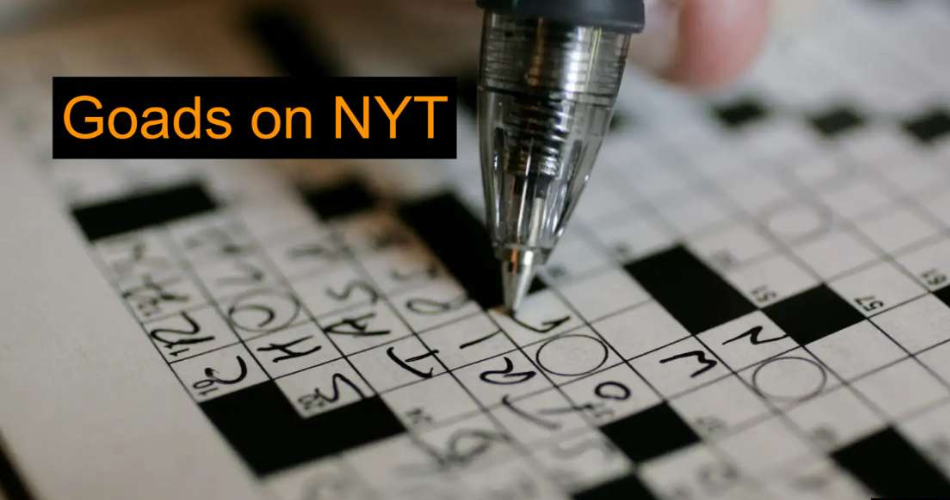
Mastering Crosswords Through Regular Practice
To excel at solving crosswords, regular practice is essential. Incorporate solving puzzles into your daily routine to steadily enhance your skills. Begin with less challenging puzzles to familiarize yourself with common patterns and progress to more difficult ones as your confidence grows. This gradual approach will help you understand the typical clues used in crosswords and develop effective strategies for solving them.
Understanding Common Crossword Vocabulary
Crosswords frequently feature recurring terms and phrases. Gaining familiarity with these common words can significantly streamline your solving process. Pay particular attention to words with unique letter combinations and those that often appear in wordplay clues. Knowing these terms can make it easier to solve puzzles efficiently.
Techniques from Experienced Crossword Solvers
Veteran solvers often use a few key strategies to improve their performance: verbalizing clues to gain a new perspective, considering the overall theme of the puzzle, and using provisional answers to test their accuracy. Employing these methods can help you tackle challenging clues and find the correct answers more effectively.
Avoiding Common Mistakes
A frequent mistake is jumping to conclusions too quickly. It’s crucial to carefully analyze each clue and explore different interpretations. Take your time and adjust your initial guesses as you gather more information from other clues, leading to more precise solutions.
Engaging with the NYT Crossword Community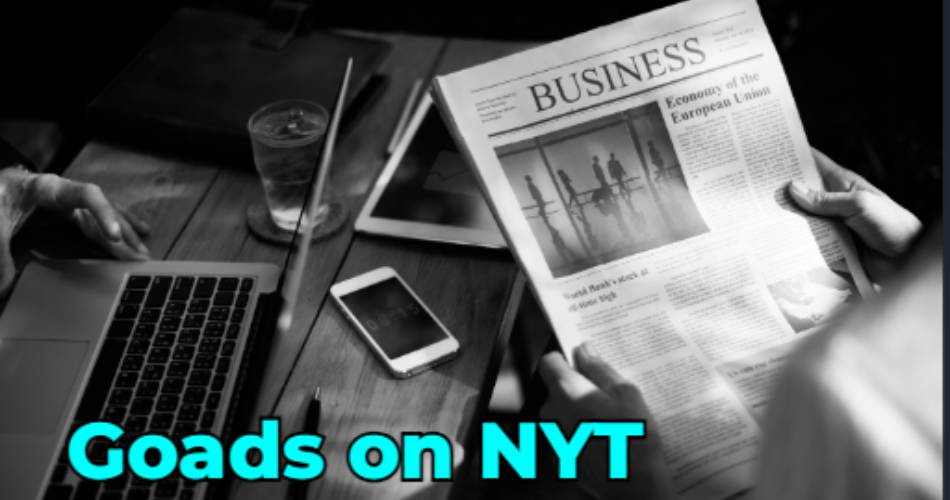
Participating in Crossword Communities
Joining crossword communities can significantly elevate your puzzle-solving experience and proficiency. Online forums like Rex Parker’s Blog and Crossword Fiend are excellent platforms where enthusiasts can discuss challenging clues and exchange solving strategies. By engaging with other crossword fans, you gain access to valuable insights and techniques that may not be apparent when working on puzzles alone.
Making Crossword Puzzles a Social Experience
Crossword puzzles can also serve as a fun social activity, providing a unique opportunity to connect with friends and family. Working together on puzzles not only makes the activity more enjoyable but also enhances problem-solving by leveraging collective knowledge and brainstorming. This collaborative approach can help you tackle more complex clues and enjoy the solving process even more.
Conclusion
Conquering New York Times crossword puzzles, particularly when facing challenging clues, is both a demanding and rewarding endeavor. By grasping the complexities of these puzzles, sharpening your problem-solving abilities, and participating in the crossword community, you can enhance your solving skills and relish the fulfillment that comes with unraveling even the trickiest clues. Whether you’re just starting out or are a seasoned solver, the following strategies and insights will help you advance on your journey to crossword mastery.
Keep up-to-date with breaking news and updates on GlobeandMails
